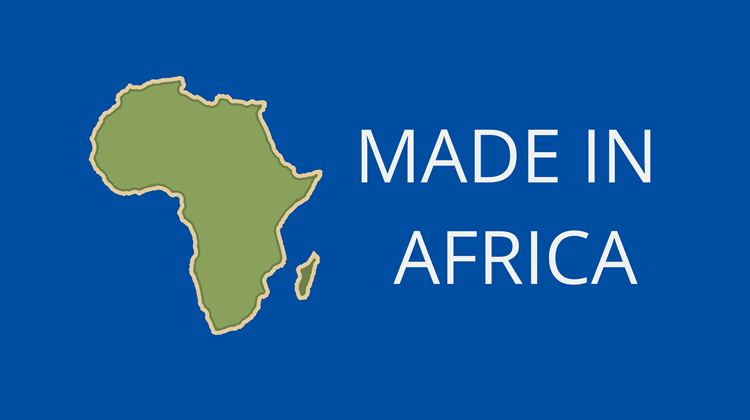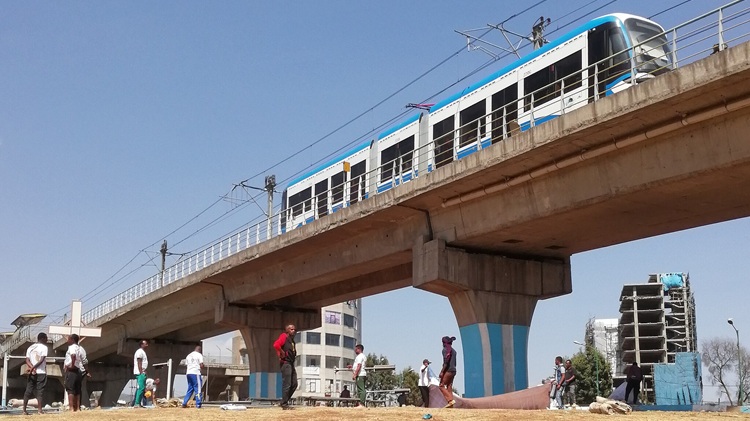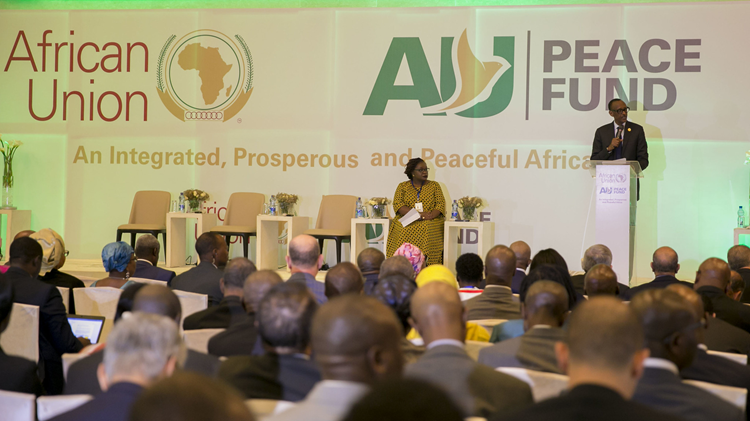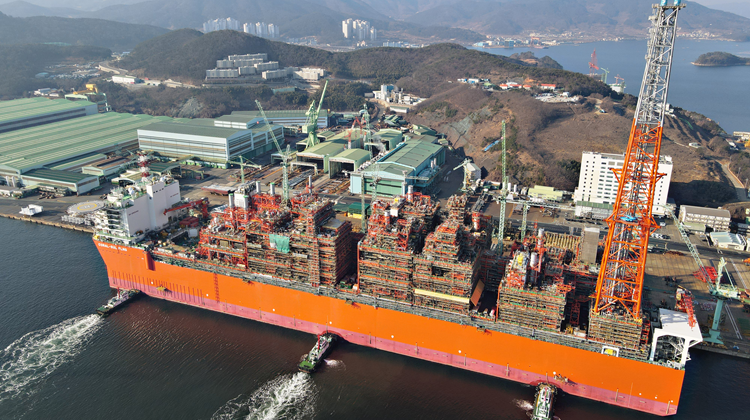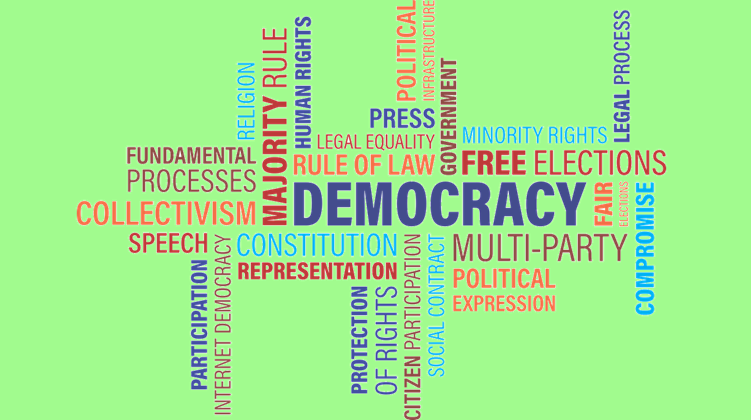Pathway to achieving inclusive growth and shared prosperity in Mali

Progress will require a huge effort by Malians, the region and the international community, for the alternative is surely too ghastly to contemplate.
Mali’s gross domestic product (GDP), measured in market exchange rates (MER), has almost quadrupled from US$5.2 billion in 1990 to US$20 billion in 2019, with an average growth rate of 4.5% a year. This is higher than the average of 3.9% for African low-income countries.
The Malian economy is currently the sixth largest in West Africa and the seventh largest among the continent’s 23 low-income countries. Despite this progress though, it’s plagued in all spheres. Poverty and inequality are widespread, especially in rural areas, with about 68% of Malians considered to be multidimensionally poor. Its Human Development Index score of 0.434 in 2019 ranks 184th out of 189 countries globally, and 8.7 million Malians (43.5% of the population) still lived below the extreme poverty line of US$1.90 in 2019.
The infant mortality rate in Mali of 60.2 deaths per 1 000 live births was 27% higher than the average for African low-income countries. Notwithstanding its huge renewable energy potential, only 47.8% of Malians had access to electricity in 2019. The situation is even worse in rural areas, which had an electricity access rate of only 15% in 2019.
Mali’s high fertility rate of 5.5 children per woman in 2022 is the fourth highest globally. As a result, 45.2% of Malians were below the age of 15 years, with a youth bulge of 50.6%, in 2019. This leaves the country with such a high dependency ratio that it has been a drag on growth for several decades and is set to remain thus for several decades more, although ratios are slowly improving.
Mali needs to overcome its security challenges and restore stability and constitutional rule
In 2019, the ratio of the working-age population to dependents in Mali was 1:1, far below the minimum ratio of 1.7:1 working-age persons for each dependent required for the country to enter a potential demographic window of opportunity. Indeed, if current trends persist, Mali will only achieve this minimum ratio by 2058.
The structural problems facing Mali’s economy include its undiversified export basket dominated by gold and cotton, which exposes the economy to commodity prices and climatic shocks. For instance in 2020, gold and cotton accounted for 82.9% and 6.7% of exports, respectively. Mali’s large informal sector, employing about 73% of the economically active population, coupled with a limited and low-end manufacturing sector concentrated in agro-industries and cotton ginning, remains a structural weakness of the economy.
These weaknesses have been accentuated by the impact of COVID-19 and the global fallout of the Russian invasion of Ukraine. Likewise, political instability in the country, general insecurity in the Sahel region, and sanctions by the Economic Community of West African States after the recent coup d’etat have had a disastrous impact on the economy. Environmental degradation and violent conflict have displaced millions of people and will continue to worsen the environmental crisis in the area.
Mali’s gross domestic product has almost quadrupled from US$5.2 billion in 1990 to US$20 billion in 2019
However, these challenges are not insurmountable. The country’s huge natural resource deposits, together with its agricultural and renewable energy potential and youthful population, are opportunities for growing and transforming the economy. A new study by the African Futures and Innovation programme at the Institute for Security Studies shows that Mali can achieve its development potential by pursuing targeted intersectoral interventions.
The study models the impact of a single ambitious but realistic scenario that emulates the impact of various dynamics. These include better governance, more and better education, improved health and demographics, an agricultural revolution, a successful manufacturing transition, improved infrastructure, increased financial flows and full implementation of the African Continental Free Trade Area agreement. It compares the scenarios with one another and then sums them up as a single Combined Agenda 2063 and compares it to the Current Path (business-as-usual) scenario.
In the Combined scenario, Mali’s GDP is projected to rise to US$122.4 billion. This forecast will exceed the Current Path forecast for 2043 by 86.6%, equivalent to US$65.6 billion. Similarly, in the Combined Agenda 2063 scenario, GDP per capita for Mali is projected to increase to US$5 381 by 2043. This will be US$1 994 higher than the Current Path forecast, with significant positive effects on the living standard of the Malian population.
By 2043, about 2.8 million people in the country (7.2% of the population) will live in extreme poverty in the Combined Agenda 2063 scenario compared to the Current Path forecast of 26.1%. Life expectancy will increase to 75.7 years by 2043, which will be two years more than the country’s Current Path forecast for the same year.
Achieving demographic transition requires rolling out modern contraceptives to reduce the high fertility rate and population growth
The impact of the sectoral scenarios differs across development outcomes. For instance, the scenario with the greatest potential to increase GDP per capita in Mali by 2043 is the AfCFTA scenario. It raises GDP per capita by an additional US$326 or 9.6% compared to the Current Path.
This is followed by the Infrastructure and Governance scenarios, which improve GDP per capita by an additional US$277 and US$246 respectively. In the case of poverty, an agricultural revolution in Mali is the surest way to rapidly reduce extreme poverty in Mali, while providing better quality education is the best way to reduce income gaps and lessen inequality.
However, attaining these interventions comes at a carbon emissions cost, even if coming from a very low level. The high growth expected in the Combined Agenda 2063 scenario will raise carbon emissions to nine million tonnes. This is 25% higher than what is estimated in the Current Path forecast for the same year, although still minuscule compared to that of most countries globally.
Without more energy, the Malian economy will not grow, but it has the associated opportunity. With a potential of an estimated 800 MW of hydroelectric power, unlimited solar energy and over 300 MW of biomass, the country can tap into its renewable energy potential to place it on a green development pathway.
Progress in Mali will not be possible without a more rapid demographic transition
None of this is possible if Mali doesn’t overcome its security challenges and restore stability and constitutional rule. Once constitutionality is restored, ECOWAS and the international community need to lift the economic sanctions on the country to restore trade and allow for economic integration. Progress in Mali will not be possible without a more rapid demographic transition.
Achieving demographic transition requires rolling out modern contraceptives to reduce the high fertility rate and population growth. These should be followed with multisectoral interventions, especially in the areas of agriculture, education, health and infrastructure, to promote inclusive growth and shared prosperity in Mali.
That progress will require a huge effort by Malians, the region and the international community, for the alternative is surely too ghastly to contemplate for a region currently being torn asunder by the ravages of climate change and violence.
Image: © Hemis / Alamy Stock Photo

